Toronto, Canada, is a city that doesn’t just exist—it thrives. It’s a place where the CN Tower stands tall, not just as a structure, but as a symbol of ambition. Where the streets of Kensington Market hum with the energy of a thousand cultures. And where the Toronto Raptors’ championship win in 2019 united the city in a way only sports can. But what is Toronto best known for? Is it the skyline that seems to touch the clouds, or the way it embraces diversity like no other city? Perhaps it’s the way it balances the old with the new, the traditional with the cutting-edge.
Renowned authors like Margaret Atwood have painted Toronto as a city of contrasts, where the past and future collide. Urban theorist Jane Jacobs once described it as a city that “works,” a testament to its efficient urban planning. And tech visionary Elon Musk has even called it a “hub of innovation,” pointing to its growing tech scene. Toronto is more than just a city—it’s a living, breathing entity that continues to evolve.
In this article, we’ll explore what makes Toronto tick, from its iconic landmarks to its multicultural heartbeat. We’ll also dive into how AI could shape its future, making it smarter, more efficient, and even more inclusive. Whether you’re a Torontonian or just curious about this Canadian gem, this guide will give you a fresh perspective on what makes Toronto truly special.
Toronto’s Iconic Landmarks
When you think of Toronto, the first thing that probably comes to mind is the CN Tower. This towering structure isn’t just a landmark—it’s a statement. Standing at 553 meters, it was once the tallest freestanding structure in the world. Today, it’s a must-visit for anyone in the city. The observation deck offers panoramic views that stretch for miles, and if you’re feeling adventurous, the EdgeWalk lets you walk around the tower’s edge, harnessed of course. It’s not for the faint of heart, but it’s an experience you’ll never forget.
Another gem is the Royal Ontario Museum (ROM). This isn’t your average museum. It’s a treasure trove of art, culture, and natural history. From dinosaur skeletons to ancient artifacts, the ROM has something for everyone. Its architecture is just as impressive as its exhibits, with the modern Michael Lee-Chin Crystal addition standing out against the historic building.
Then there’s Casa Loma, a castle that feels like it’s been plucked straight out of a fairy tale. Built in the early 20th century, this Gothic Revival mansion offers a glimpse into Toronto’s past. Wander through its grand halls, explore its secret passages, and don’t forget to check out the gardens. It’s a favorite spot for weddings, photo shoots, and even the occasional ghost tour. Yes, you read that right—ghost tours. Because what’s a castle without a few spooky stories?
Toronto’s Multicultural Identity
Toronto is often called the most multicultural city in the world, and for good reason. Over half of its residents were born outside of Canada, making it a vibrant tapestry of cultures, languages, and traditions. This diversity is reflected in its neighborhoods, festivals, and food scene, creating a city that feels like a global village.
Diverse Neighborhoods
Take a stroll through Kensington Market, and you’ll feel like you’ve traveled the world in a single afternoon. This bohemian enclave is packed with vintage shops, street art, and food stalls offering everything from Jamaican patties to vegan tacos. It’s the kind of place where you can grab a coffee from a family-run café and then browse for vinyl records in a shop that’s been around since the ’60s.
Then there’s Chinatown, a bustling hub of Asian culture. Whether you’re craving dim sum, bubble tea, or a quick stop at a herbal medicine shop, Chinatown delivers. And let’s not forget Little Italy, Greektown, and Little India—each neighborhood adds its own flavor to Toronto’s cultural mosaic.
Festivals and Events
Toronto’s calendar is packed with festivals that celebrate its diversity. Caribana, North America’s largest Caribbean festival, is a highlight. Think colorful parades, steel drum music, and jerk chicken that’s so good it’ll make you want to book a flight to Jamaica. Then there’s the Toronto International Film Festival (TIFF), where Hollywood stars and indie filmmakers alike descend on the city to showcase their work. It’s like the Oscars, but with more poutine.
Culinary Scene
If you’re a foodie, Toronto is your playground. The city’s culinary scene is as diverse as its population. Craving sushi? Head to Japantown. In the mood for Middle Eastern flavors? Little Levant has you covered. And don’t leave without trying a peameal bacon sandwich from St. Lawrence Market—it’s a Toronto classic. For dessert, grab a butter tart, a sweet treat that’s as Canadian as maple syrup.
Toronto as a Financial and Business Hub
Toronto isn’t just about culture and food—it’s also the economic engine of Canada. Known as the country’s financial capital, the city is home to major banks, tech companies, and startups. If you’re looking to make it big in business, Toronto is the place to be.
Bay Street
Think of Bay Street as Canada’s Wall Street. This bustling thoroughfare is lined with skyscrapers housing some of the country’s biggest banks and financial institutions. Whether you’re investing in stocks or applying for a mortgage, chances are you’ll end up dealing with a Bay Street firm. It’s the kind of place where power suits and briefcases are the unofficial uniform.
Tech Industry
Toronto is also making waves in the tech world. The city is home to Shopify, one of the world’s leading e-commerce platforms, and has attracted tech giants like Google and Microsoft. The University of Toronto’s engineering program is a breeding ground for tech talent, ensuring the city’s tech scene continues to grow. It’s no wonder Toronto is often called the Silicon Valley of the North.
Economic Impact
Toronto’s economy is a powerhouse, contributing significantly to Canada’s GDP. The city is a hub for industries like finance, tech, and healthcare, offering countless job opportunities. Whether you’re a recent grad or a seasoned professional, Toronto has something for you. And with its thriving startup scene, it’s also a great place to launch your own business. Just don’t forget to grab a coffee from Tim Hortons on your way to work—it’s practically a Canadian rite of passage.
Toronto’s Arts and Culture Scene
Toronto’s arts and culture scene is as vibrant and diverse as the city itself. From world-class theatre productions to cutting-edge art galleries, the city offers a rich tapestry of creative expression that captivates both locals and visitors. Whether you’re a fan of the performing arts, visual arts, or live music, Toronto has something to inspire everyone.
Theatre and Performing Arts
The heart of Toronto’s performing arts scene beats in the Theatre District, home to iconic venues like the Princess of Wales Theatre and the Royal Alexandra Theatre. These stages host everything from Broadway hits to avant-garde performances, thanks to the legendary Mirvish Productions. For those who love drama, comedy, or musicals, the Theatre District is a must-visit.
Art Galleries
Art enthusiasts will find their haven at the Art Gallery of Ontario (AGO), one of the largest art museums in North America. The AGO’s collection spans from Canadian masterpieces to contemporary works, housed in a building designed by the renowned architect Frank Gehry. Smaller galleries like the Museum of Contemporary Art (MOCA) also offer fresh perspectives on modern art.
Music and Nightlife
Toronto’s music scene is as eclectic as its population. Venues like the Rogers Centre and Budweiser Stage host major concerts, while smaller spots like the Horseshoe Tavern showcase emerging talent. Whether you’re into rock, jazz, or hip-hop, Toronto’s nightlife has a beat for you.
Toronto’s Natural Beauty and Outdoor Spaces
Amidst its urban hustle and bustle, Toronto is a city that embraces nature. From serene islands to sprawling parks, the city offers countless opportunities to reconnect with the outdoors. Whether you’re looking for a peaceful retreat or an active adventure, Toronto’s natural spaces have you covered.
Toronto Islands
Just a short ferry ride from downtown, the Toronto Islands are a tranquil escape from the city’s chaos. With sandy beaches, lush parks, and stunning views of the skyline, the islands are perfect for a day of relaxation or exploration. Rent a bike, have a picnic, or simply soak in the beauty of Lake Ontario.
High Park
High Park is Toronto’s largest urban park, offering something for everyone. In the spring, the park’s cherry blossoms draw crowds from across the city. Year-round, visitors can enjoy hiking trails, a zoo, and even a castle-like playground. It’s a green oasis in the heart of the city.
Lake Ontario
Lake Ontario is more than just a body of water—it’s a hub of activity. The Martin Goodman Trail runs along the waterfront, perfect for cycling, jogging, or a leisurely stroll. In the summer, the lake comes alive with kayaking, sailing, and paddleboarding. It’s a reminder that nature is never far away in Toronto.
AI Solutions: How Could AI Enhance Toronto’s Future?
Artificial Intelligence (AI) is no longer a futuristic concept—it’s here, and it’s transforming cities worldwide. Toronto, with its thriving tech ecosystem and forward-thinking leadership, is uniquely positioned to harness AI’s potential to revolutionize its infrastructure, economy, and quality of life. Here’s how AI could shape the future of this vibrant city:
Smart City Initiatives
Imagine a Toronto where traffic jams are a thing of the past. AI-powered traffic management systems could analyze real-time data from sensors and cameras to optimize traffic flow, reducing congestion and emissions. Public transportation could also benefit, with AI optimizing routes and schedules to ensure efficiency and reliability. Companies like Sidewalk Labs have already explored smart city solutions, and Toronto could lead the way in implementing them.
Healthcare Advancements
Toronto’s healthcare system could leap into the future with AI-driven diagnostics and personalized medicine. AI algorithms could analyze medical data to detect diseases earlier and recommend tailored treatments. Virtual health assistants, powered by AI, could provide 24/7 support, reducing the burden on healthcare professionals. Institutions like the University Health Network are already pioneering AI in healthcare, and scaling these efforts could benefit the entire city.
Economic Growth
AI could be a game-changer for Toronto’s economy. Startups and small businesses could leverage AI-powered tools to streamline operations, analyze market trends, and enhance customer experiences. In the financial sector, AI-driven analytics could improve fraud detection and risk management. Companies like Shopify and TD Bank are already integrating AI into their operations, setting a precedent for others to follow.
Environmental Sustainability
Toronto could become a model for sustainable urban living with AI. Smart energy systems could monitor and reduce energy consumption in buildings, while predictive analytics could optimize waste and recycling programs. AI could also help monitor air and water quality, ensuring a healthier environment for residents. Organizations like City of Toronto could partner with tech companies to implement these solutions.
Cultural Preservation
AI could play a crucial role in preserving Toronto’s rich cultural heritage. Digitizing historical artifacts and documents using AI could ensure they’re accessible for future generations. Virtual reality experiences could bring Toronto’s history and landmarks to life, offering immersive educational opportunities. Institutions like the Royal Ontario Museum could lead these efforts, making culture more engaging and accessible.
Action Schedule/Roadmap
To turn these ideas into reality, Toronto needs a clear, actionable roadmap. Here’s a detailed plan to integrate AI into the city’s fabric:
- Day 1: Assemble a multidisciplinary team of AI experts, urban planners, policymakers, and community leaders. Key players could include representatives from the University of Toronto, Vector Institute, and City of Toronto.
- Day 2: Conduct a city-wide assessment of current infrastructure, identifying areas where AI can have the most significant impact.
- Week 1: Develop a framework for AI integration, focusing on key areas like transportation, healthcare, and environmental sustainability.
- Week 2: Partner with tech companies, universities, and research institutions to drive innovation and development. Collaborate with organizations like IBM Canada and Google.
- Month 1: Launch pilot projects for AI-powered traffic management, healthcare diagnostics, and energy optimization.
- Month 2: Evaluate the results of pilot projects, gathering feedback from residents and stakeholders to make necessary adjustments.
- Year 1: Implement AI solutions city-wide, starting with high-impact areas like public transportation and healthcare.
- Year 1.5: Expand AI initiatives to include environmental sustainability and cultural preservation, ensuring a holistic approach to city development.
- Year 2: Establish Toronto as a global leader in smart city innovation, showcasing its success as a model for other cities to follow.
Toronto’s Bright Future: A City Transformed by AI
Toronto is more than just a city—it’s a living, breathing ecosystem of culture, innovation, and diversity. With the integration of AI, Toronto has the potential to become a global leader in smart city initiatives, enhancing the quality of life for all its residents. From reducing traffic congestion to improving healthcare outcomes, AI offers solutions to some of the city’s most pressing challenges.
But the journey doesn’t end there. By embracing AI, Toronto can also preserve its rich cultural heritage, making it accessible to future generations. Virtual reality experiences could transport residents and visitors alike to the city’s past, while AI-driven analytics could ensure a sustainable future. The possibilities are endless, and the time to act is now.
As Toronto continues to grow and evolve, it’s essential to stay informed and engaged. For the latest news and insights, visit Toronto News. Together, we can build a brighter, smarter future for this incredible city.
FAQ
Q1: What is Toronto’s most famous landmark?
A: The CN Tower is Toronto’s most iconic landmark. Standing at 553 meters, it’s one of the tallest freestanding structures in the world. Visitors can enjoy breathtaking views from the observation deck or try the thrilling EdgeWalk experience.
Q2: What makes Toronto a multicultural city?
A: Toronto’s multicultural identity is reflected in its diverse neighborhoods, festivals, and culinary scene. Areas like Kensington Market and Chinatown showcase the city’s cultural richness. Festivals like Caribana and the Toronto International Film Festival (TIFF) celebrate global cultures.
Q3: How is Toronto a financial hub?
A: Toronto is home to major banks and financial institutions located on Bay Street, often referred to as Canada’s Wall Street. The city is also a growing tech hub, attracting companies like Google and Shopify.
Q4: What are some must-visit places in Toronto?
A: Some must-visit spots in Toronto include:
Q5: How can AI improve Toronto’s future?
A: AI has the potential to enhance Toronto’s future in several ways:
- Smart City Initiatives: AI-powered traffic management systems can reduce congestion.
- Healthcare Advancements: AI-driven diagnostics and virtual health assistants can improve healthcare outcomes.
- Economic Growth: AI tools can support startups and enhance financial services.
- Environmental Sustainability: AI can monitor energy consumption and manage waste programs.
- Cultural Preservation: AI can digitize and preserve Toronto’s cultural heritage.
Q6: What is the best time to visit Toronto?
A: The best time to visit Toronto is during the spring (April to June) and fall (September to October) when the weather is mild, and the city hosts numerous festivals. Summer is also popular for outdoor activities, but it can be crowded.
Q7: What are some famous events in Toronto?
A: Some famous events in Toronto include:
Q8: What is Toronto’s food scene like?
A: Toronto’s food scene is diverse and vibrant, offering cuisines from around the world. Must-try dishes include peameal bacon sandwiches, butter tarts, and international delicacies from neighborhoods like Kensington Market and Chinatown.
Q9: What are some family-friendly activities in Toronto?
A: Family-friendly activities in Toronto include visiting the Toronto Zoo, exploring Toronto Islands, and enjoying the interactive exhibits at the Royal Ontario Museum (ROM).
Q10: How can I stay updated on Toronto news and events?
A: For the latest news and events in Toronto, visit Toronto News on iNthacity.com. You’ll find local headlines, helpful links, and insights into what’s happening in the city.
Wait! There's more...check out our gripping short story that continues the journey: The Story Weaving Together
Disclaimer: This article may contain affiliate links. If you click on these links and make a purchase, we may receive a commission at no additional cost to you. Our recommendations and reviews are always independent and objective, aiming to provide you with the best information and resources.
Get Exclusive Stories, Photos, Art & Offers - Subscribe Today!

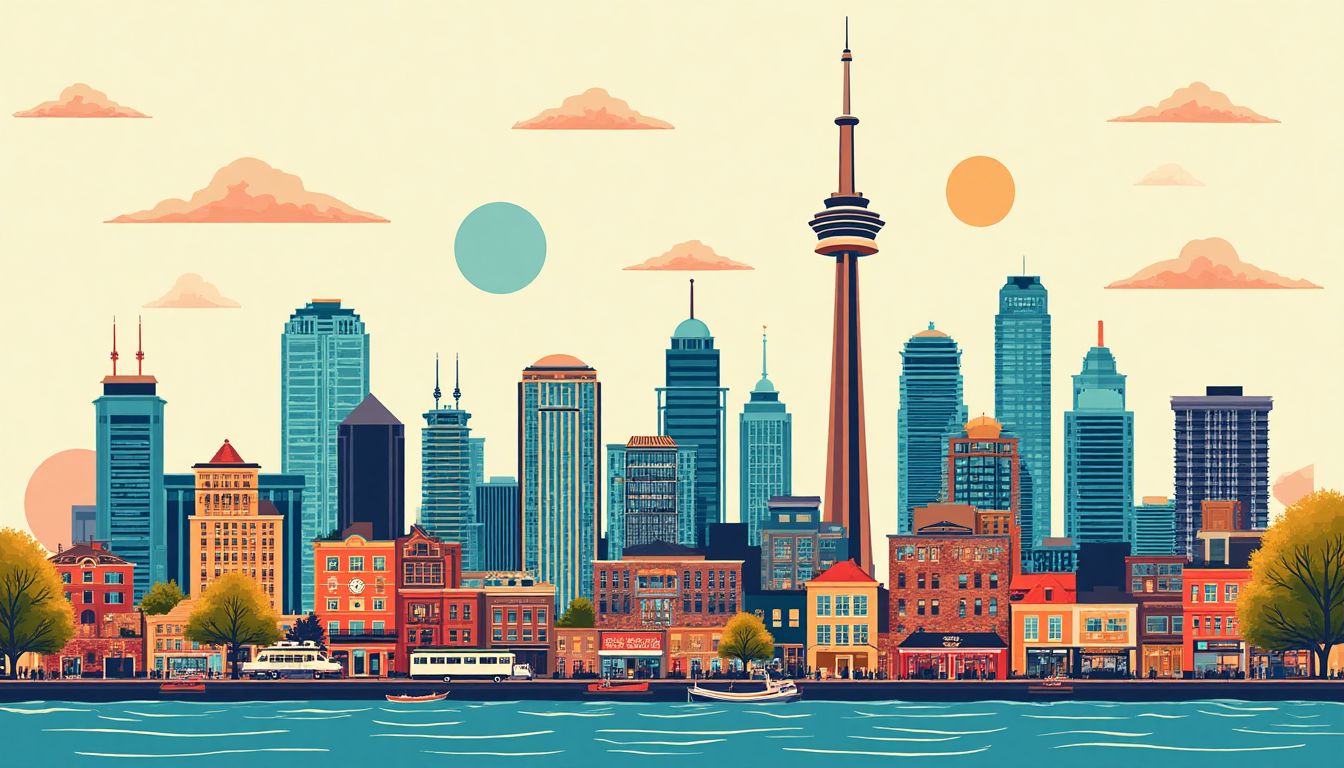
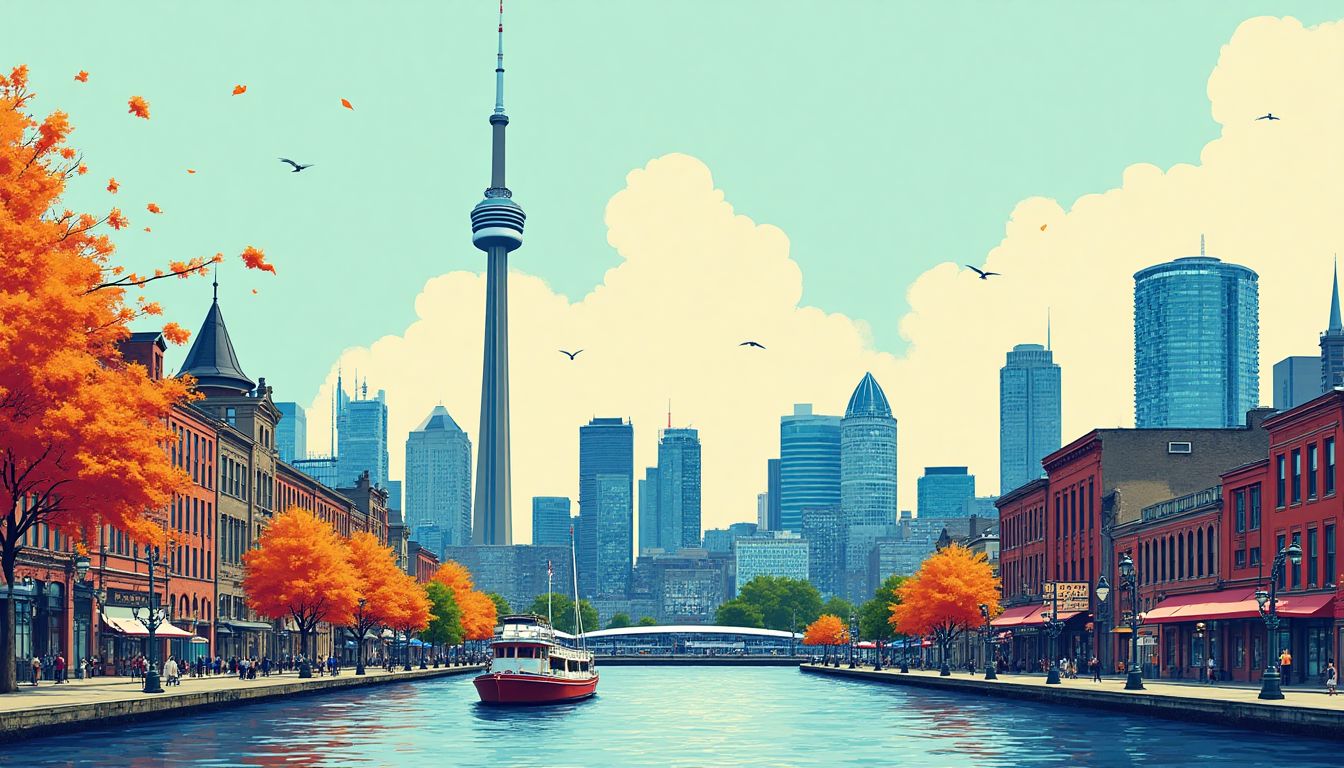
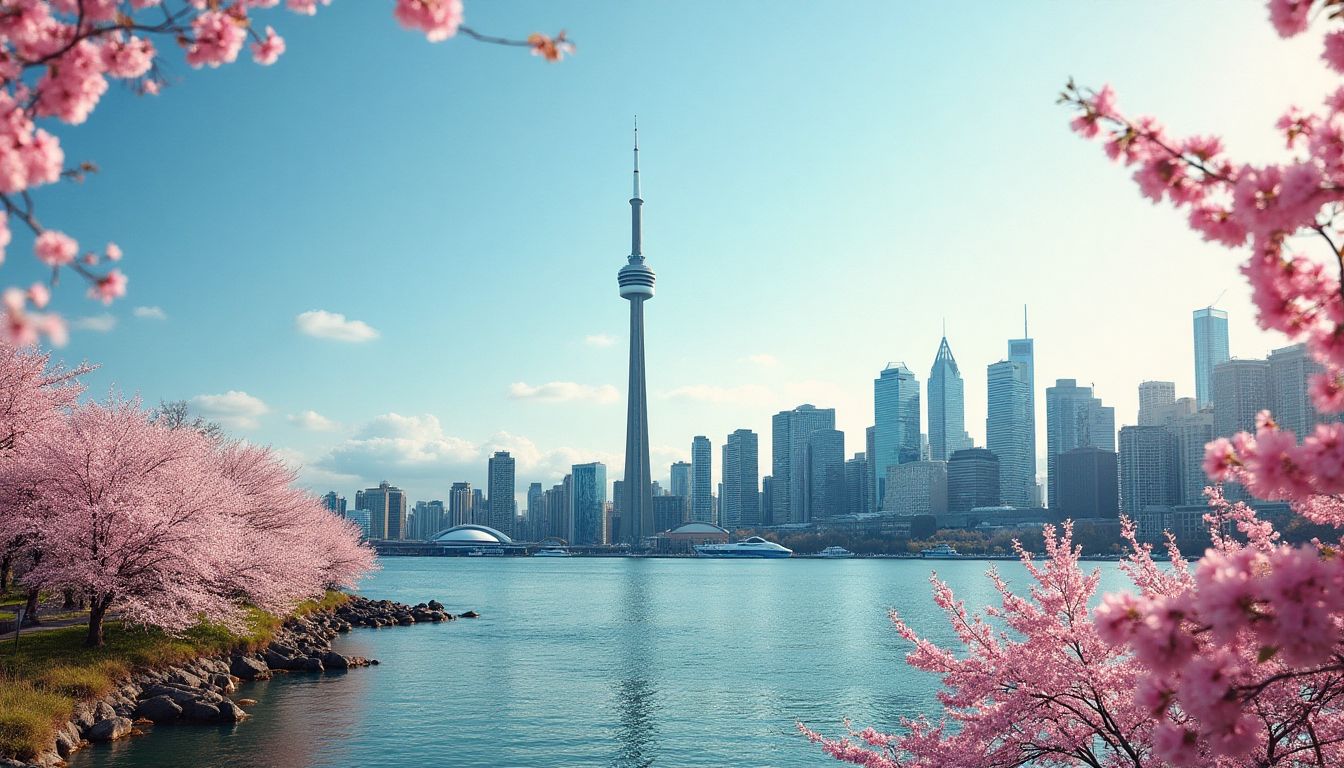
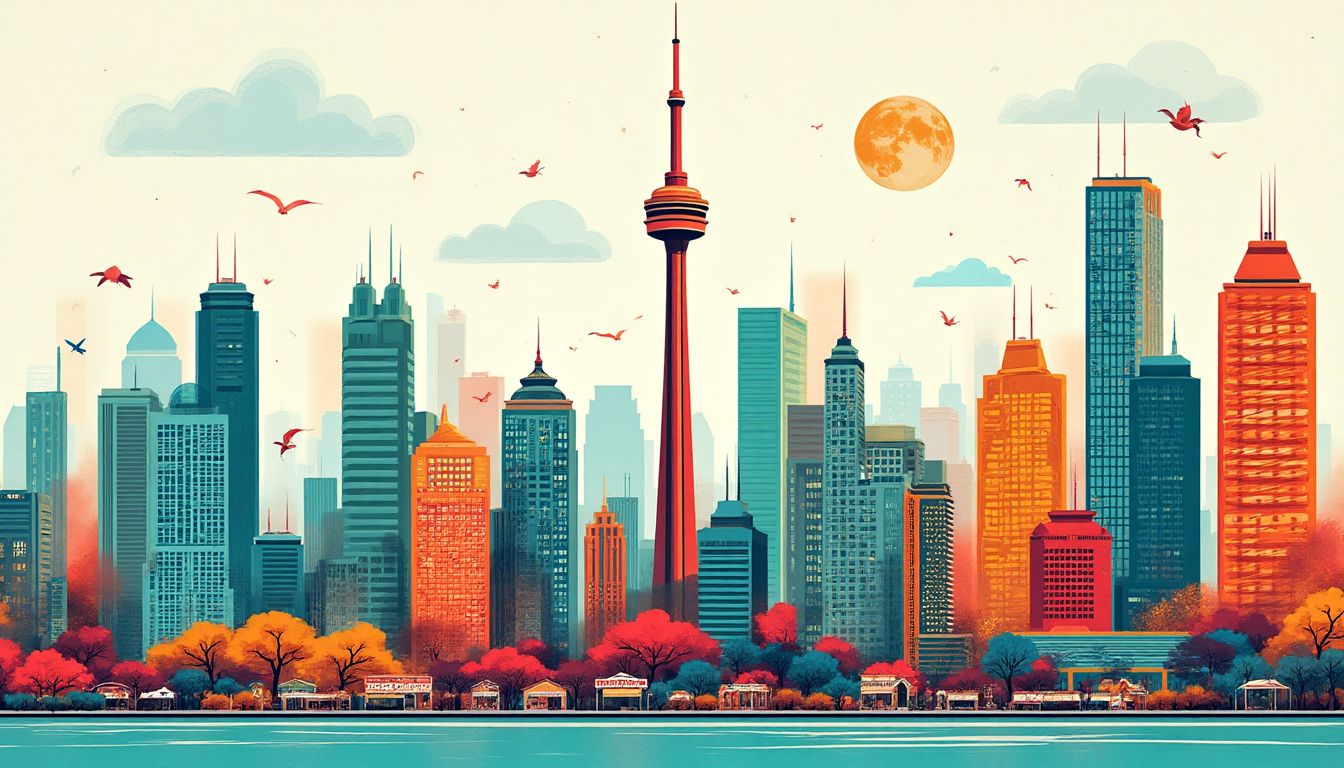

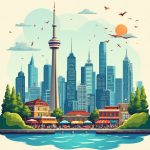



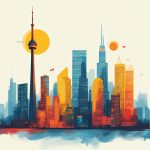


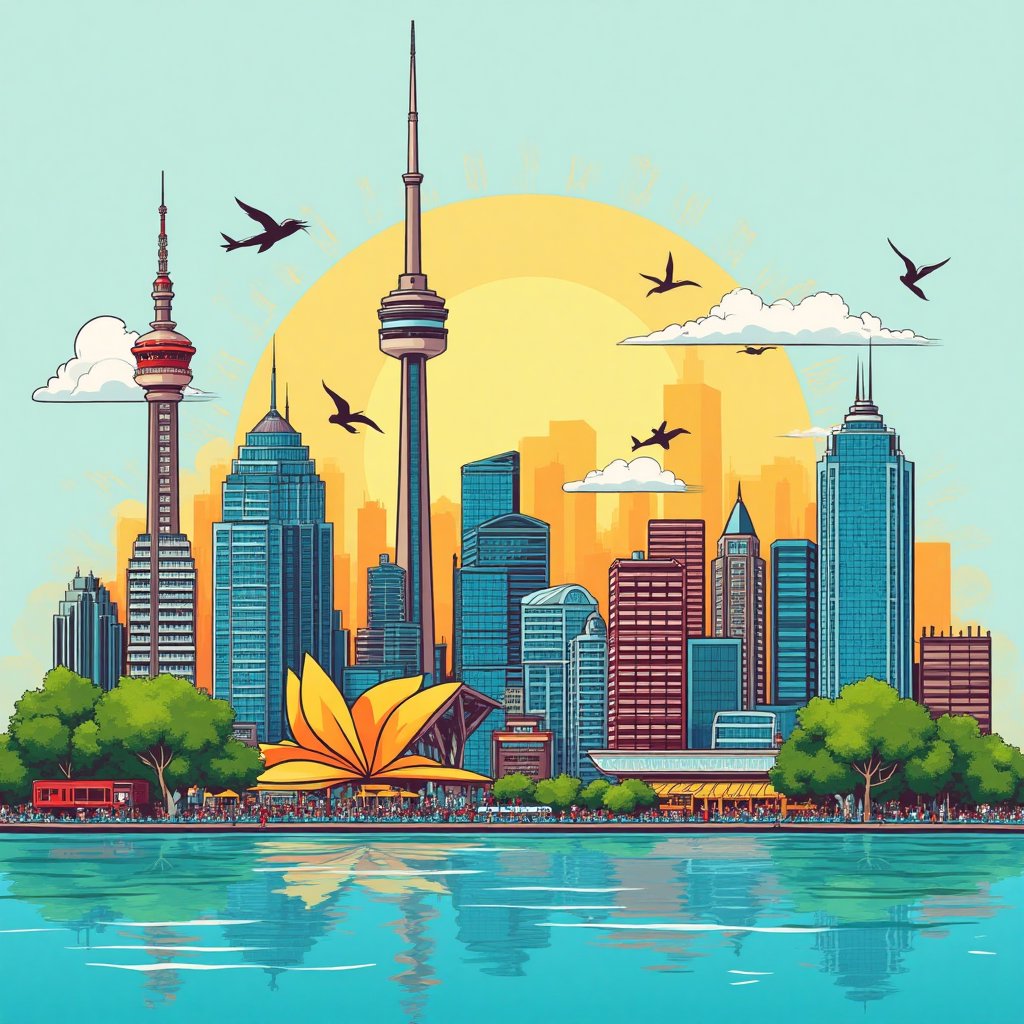















Post Comment
You must be logged in to post a comment.